Back in 2020, I was a product manager at Zalando building products for Zalando Fashion Studio. It was during the pandemic and the company wanted to know if there were any changes in the fashion buying patterns of its customers.

To help answer this the company invited PMs and user research teams to interview customers from around Europe. Since we had a lot of customers (around 200 of them), all the PMs and user research team members were voluntarily invited to form a team and interview these customers. This was also my first time participating in such a huge customer research project.
The project ran for one month where I interviewed 10 customers. We were asked to note down the answers of the users along with recording the interviews. In some cases, I was the writer and my partner was the interviewer, while in other cases I was the interviewer and my partner was the writer.
If you think this was the end of the customer research, you’re wrong. The real customer research started from this point. After the research we still had to make sure:
In the end, we came up with a company roadmap for H1, 2021 based off of our customer insights and analysis.
In this blog, I want to share insights from my experience on how to tackle data. Specifically, I focus on how to organize it before starting customer research, how to analyze it after the research, and how to come up with insights. This also includes a template that you can use to organize and analyze your data.
When you’re doing customer research/discovery at scale, it’s important to organize the processes and data. Customers as well as the teams involved in the research process have limited time and you want to use this time wisely. To help with this, try the following:
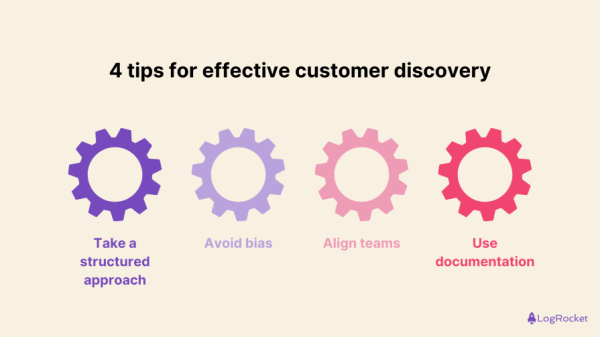
In the example of customer research that I shared, we made sure that we knew every step we planned on taking from the first touchpoint with the customer all the way through to a fully fledged product roadmap.
Since there were more than 100 people involved in the project, each one of us knew what we had to do. There were times when we had questions and there was a central chat where the experts gave us instant answers. A structured approach not only includes how to store and analyze the data but also helps the team members whenever they’re stuck.
When making important decisions like coming up with a product roadmap, it’s important to not have a bias and instead focus on the data and let it guide you. Organized customer discovery helps you come up with the right questions before even starting the research. Structured interview guides help prevent asking questions or framing them in a way that might influence customer responses.
In the earlier example, there were multiple teams of PMs and user researchers involved in the discovery process. And as PMs, we know what happens when multiple teams are involved in a project.
Organization ensures that all team members are aligned with one vision and working towards a common goal. It also helps in avoiding miscommunication and reduces the risks of failure.
With multiple teams and multiple customers involved, you end up with a lot of data. And organizing this at the last moment only makes it worse.
Back when we did the project, we had all the tools already available. We also knew how to use the tools and save the data in a similar format since different people adding data in different formats would cause data inconsistency.
One other important advantage of documentation is that a few years down the line if someone wants to understand why a particular decision was made, they can refer to the documentation.
With larger teams comes bigger problems. In my 10 years of product management, we faced four main problems when it came to managing data.
When multiple teams are involved there’s a good chance every team member logs the data in their own way. This is a sure-shot way of creating chaos. More importantly, it may create inconsistencies in the data making it difficult to understand and gather insights from.
In our case, we all were explained which tools to use when and at what stage. I didn’t have much info on MIRO back then and how to use it, so the team members who hadn’t used MIRO were given training. All this helped to maintain standardization thereby maintaining consistency across all the interview results.
When team members from different teams are involved it can also result in data or information overload. This happens when teams gather data from multiple avenues ranging from social media, qualitative interviews, social media comments, forums, and surveys.
During the example I shared at the start of the blog, we interviewed more than 200 customers but since we had one template to log all the data and strict rules to follow the template, we prevented data overload.
It took us two months of active analysis to analyze data from 200 customers. Unlike qualitative data, quantitative data requires time. This included things like tagging individual responses to find patterns and themes.
Large-scale customer research projects require precise collaboration between teams. Since teams are individually collecting information, it’s very important to have close collaboration between them.
In our case there was clear documentation about which team was responsible for what and who to connect if anything went wrong. Also, this helped in reducing any duplicate information or missed opportunities/insights.
To tackle the problems listed above, implement a structured data analysis process that includes:
This is the biggest benefit of structured customer research. It acts as a single repository for all qualitative data, ensuring nothing gets lost or fragmented across Google Sheets, video interview notes, audio interview notes, emails, or written notes. Teams can easily access, reference, and collaborate on the same data set and most importantly, it can help in analyzing large data sets relatively easily.
When you have a lot of data, you need to tag and categorize accordingly to ensure uniformity. Back when we did interviews, there was always a recurring theme in data. For example, pricing concerns or usability issues were tagged in a lot of responses. Structuring customer research with the proper tools helps to maintain this consistency, and, in turn, reduce errors.
Structured customer research can handle large sets of data ensuring that the infrastructure remains even as the volume of data grows. I experienced this during our large-scale customer research interviews. We were able to manage large-scale data without compromising the quality.
A great customer discovery spreadsheet makes it easier for teams to collaborate and collect, organize, and analyze insights from customer research.
Here are some of the features of a great customer discovery spreadsheet:
You can download this sample customer discovery spreadsheet and customize it to your needs:
If you prefer doing your note-taking in a document layout instead, you can download this alternate format here.
Below are some ways to customize the sheet (although customization depends on what your goals are and how you want to achieve them):
Customer discovery is a long and complex process that includes a lot of points of contacts ranging from team-members to customers. This is why it’s important to keep it well-structured, easy-to-use and simple.
A well-defined customer discovery is more than just a tool or a spreadsheet — it’s the foundation for building products that customers truly want. By recording and analyzing customer insights, you get a clear understanding of their customers. Please feel free to download this customer discovery sheet for your next customer discovery.
Featured image source: IconScout
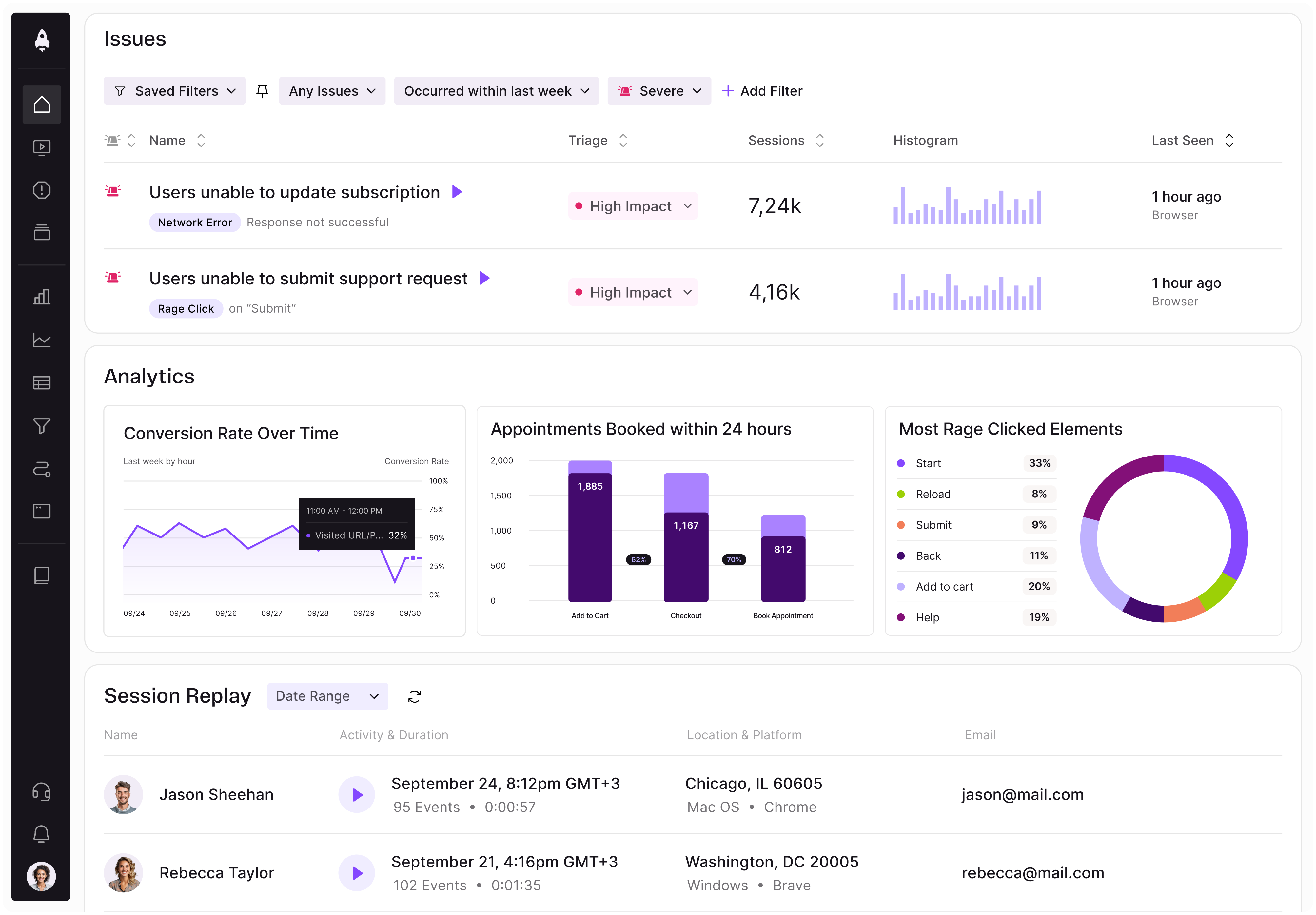
LogRocket identifies friction points in the user experience so you can make informed decisions about product and design changes that must happen to hit your goals.
With LogRocket, you can understand the scope of the issues affecting your product and prioritize the changes that need to be made. LogRocket simplifies workflows by allowing Engineering, Product, UX, and Design teams to work from the same data as you, eliminating any confusion about what needs to be done.
Get your teams on the same page — try LogRocket today.

Stop letting unreliable data block features. Treat data as inventory to track quality, ownership, and ship with confidence.
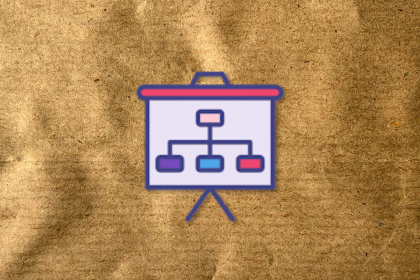
Learn why slide decks slow teams down and explore better tools like whiteboards, PRDs, and prototypes to improve collaboration and alignment.
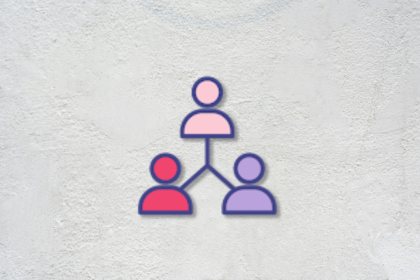
AI PM roles are evolving fast. Learn the five types of AI PMs, the skills they need, and how they shape AI products across industries.
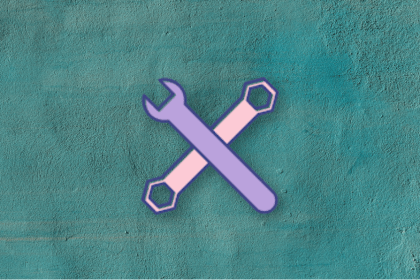
Learn how you can use AI agents to automate workflows, boost productivity, and choose the right tools while avoiding common pitfalls.